Adding more fiber to your diet is not a hard thing to do. It is actually quite simple! However, be sure to increase your intake slowly and increase your intake of fluids as you ramp up to keep bloating, cramping and gas at bay. Fluids like water, tea and detox water can all help your body digest the extra fiber.
9 simple ways to improve on your fiber diet today!
Increase your intake of nuts.
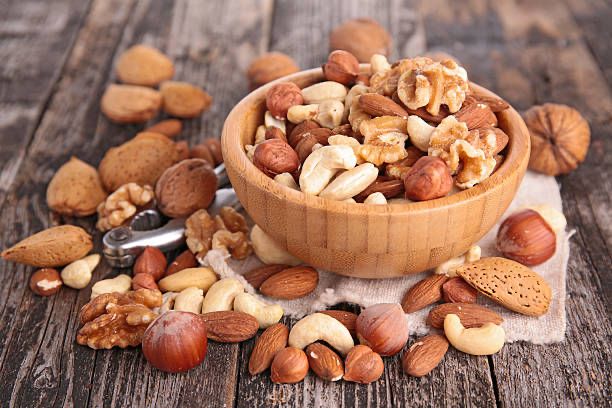
Nuts like almonds are most often touted for their protein and healthy fats, but they’re solid sources of fiber, too. Keep a bag of mixed nuts in your car and desk drawer so you’re prepared with a non-perishable, filling snack whenever hunger strikes. They also make tasty yogurt and oatmeal mix-ins.
Add a fruit, veggie or whole grain to each meal or snack
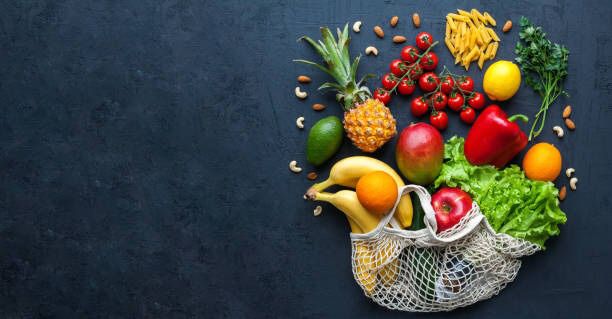
If keeping a log of your daily fiber intake seems totally unrealistic, you can ensure you hit the recommended 32 grams per day by simply adding a serving or two of fruits, vegetables, or whole grains to every meal and snack. Fruits, vegetables, and whole grains are all excellent sources of fiber. Aim to eat at least two servings of fruit, two to three servings of vegetables, and one or two servings of whole grains daily to meet your fiber needs. If you already eat Greek yogurt for breakfast, for example, top it with some blackberries.
Instead of chips, eat popcorn.

Simply replace your chips with popcorn. Many people don’t realize that air-popped popcorn is a whole grain, serving up 5 grams of fiber and just 120 calories in a 4 cup serving. A far cry from regular potato chips which pack just over 1 gram of fiber and 160 calories in a 1-ounce serving. Choosing popcorn for a snack will add a serving of whole grains to your day, and 5 times more fiber compared to chips.
Eat the fruit skins too
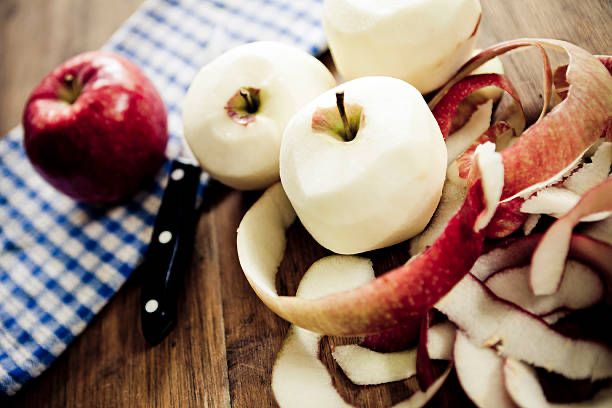
You’ve likely heard that fruits and veggies like potatoes, pears, and apples are solid sources of fiber, but that’s only the case if you consume their skins, too. To avoid ingesting any pesticide residue lurking on your fruits, wash the skins thoroughly before eating and opt for the more organic varieties.
Consume whole grains
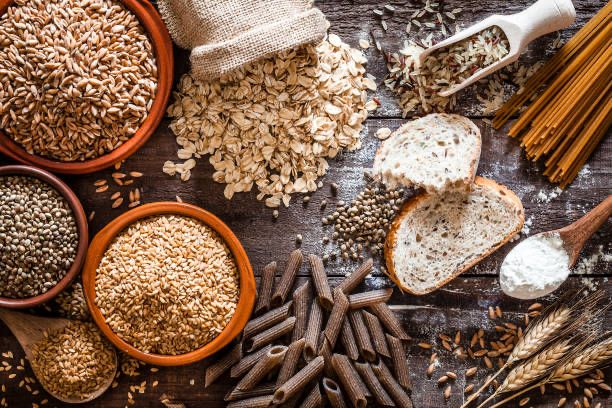
If white bread or rice are staples in your diet, swap them out for sources of fiber-packed whole grains like brown rice, Ezekiel bread or quinoa.
Eat more beans

Pulses like beans, lentils and chickpeas are some of the most potent sources of fiber. They serve up between 15 and 12 grams per cup. To amp up the fiber intake of your meal further, add some sauteed fiber-rich veggies to your pasta bowl. Broccoli, Brussels sprouts, and peas are all solid picks and pair well with a variety of sauces.
Add Flax or Chia seeds to your smoothies

Add a tablespoon of flaxseeds or chia seeds (2-5 grams per tablespoon) to your smoothies, salad dressings, and yogurt. And now that you know how important fiber is to your daily diet.
Swap juices for smoothies
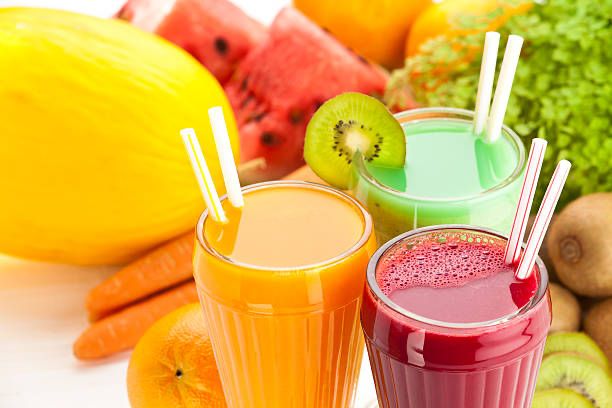
Fresh juices may serve up a hefty serving of vitamins, but the juicing process strips the fiber from fruits and vegetables. So, you are mainly getting carbohydrates and sugar, not what you want. Smoothies, on the other hand, utilize whole fruits and vegetables, including the skin, seeds, and pulp, which means that you retain all of the fiber. By swapping your daily juice for a smoothie you can add a few more grams of fiber to your day.
Replace your cereal with Oatmeal
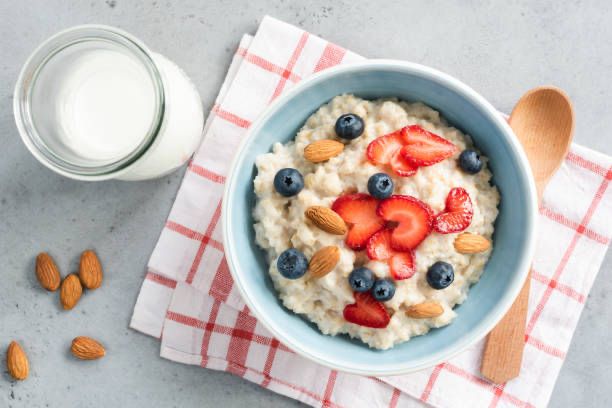
Instead of eating cereal, fill your bowl with slow-cooking oatmeal. If you don’t have time to cook it in the morning, opt for overnight oats. To prepare this; fill a Tupperware container with oats, toppings, and a liquid like milk or water. Then you throw it in the refrigerator overnight. While you’re sleeping, the flavors fuse together so all you have to do is scarf it down next morning. No cooking required!
